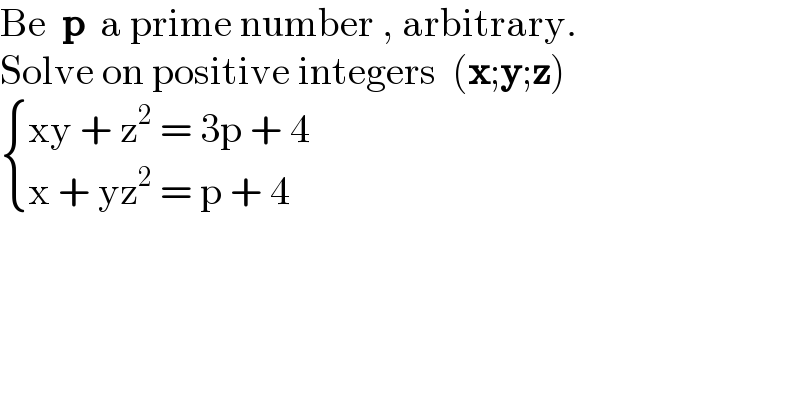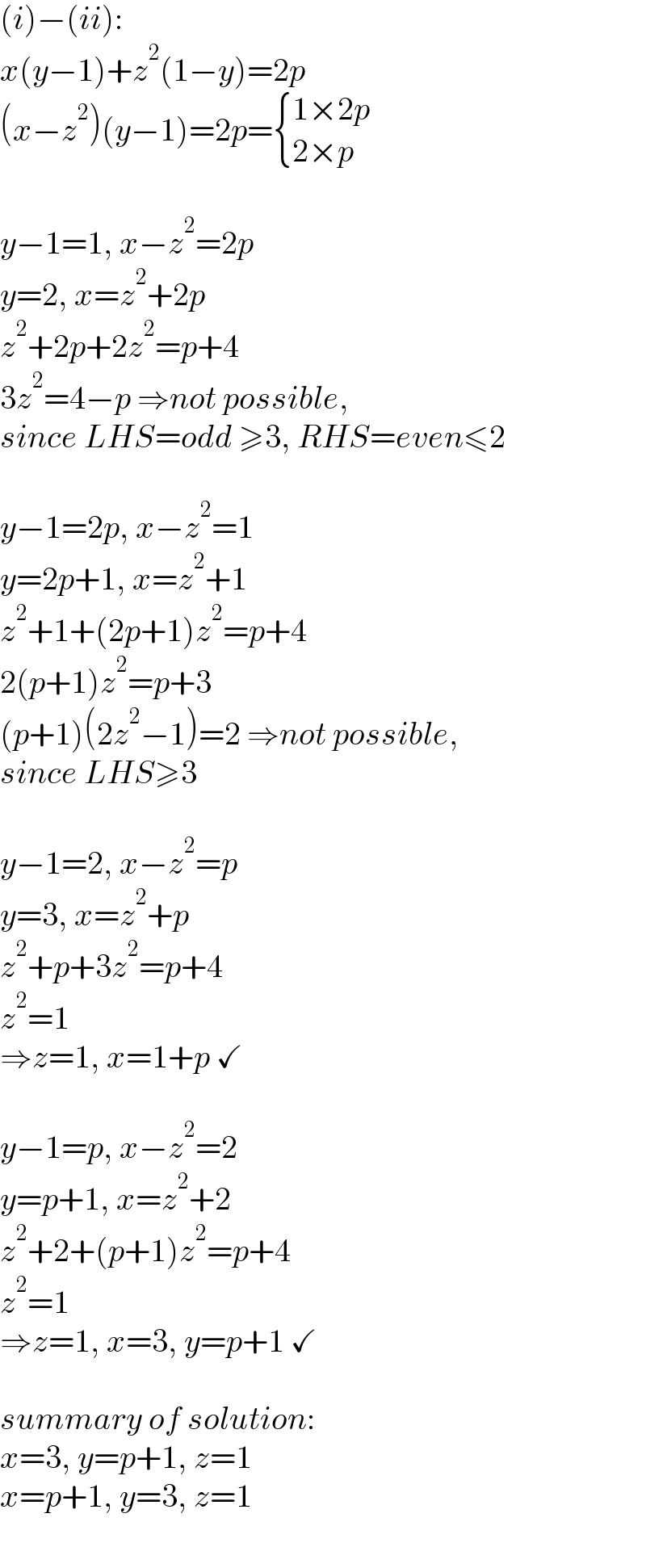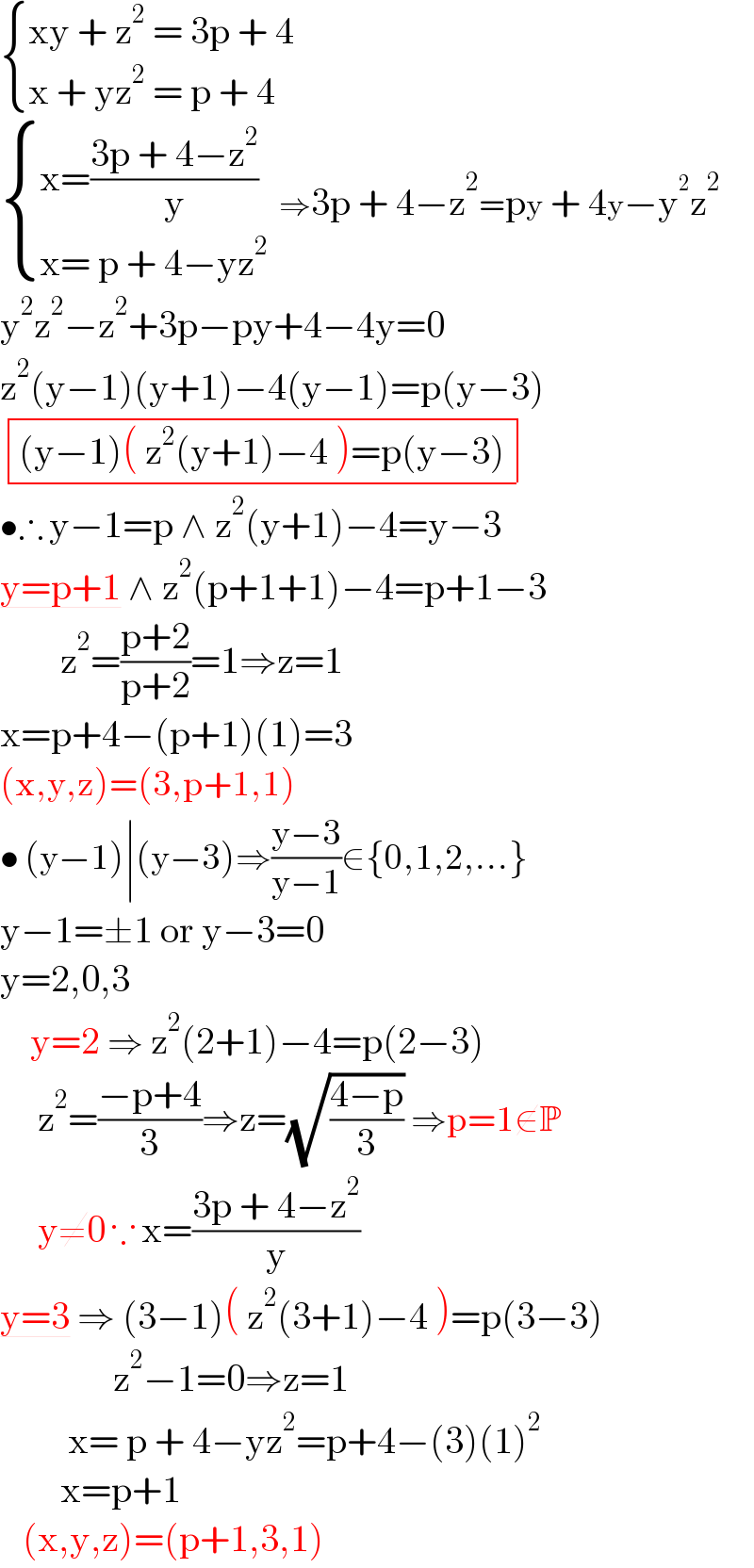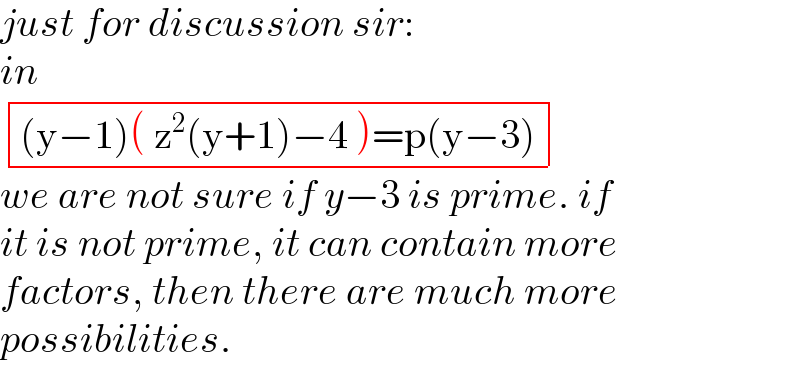
Question and Answers Forum
Question Number 160711 by HongKing last updated on 05/Dec/21

Answered by mr W last updated on 06/Dec/21

Commented by HongKing last updated on 05/Dec/21

Answered by Rasheed.Sindhi last updated on 06/Dec/21

Commented by mr W last updated on 06/Dec/21

Commented by Rasheed.Sindhi last updated on 06/Dec/21

Commented by mr W last updated on 08/Dec/21

Commented by Rasheed.Sindhi last updated on 09/Dec/21

